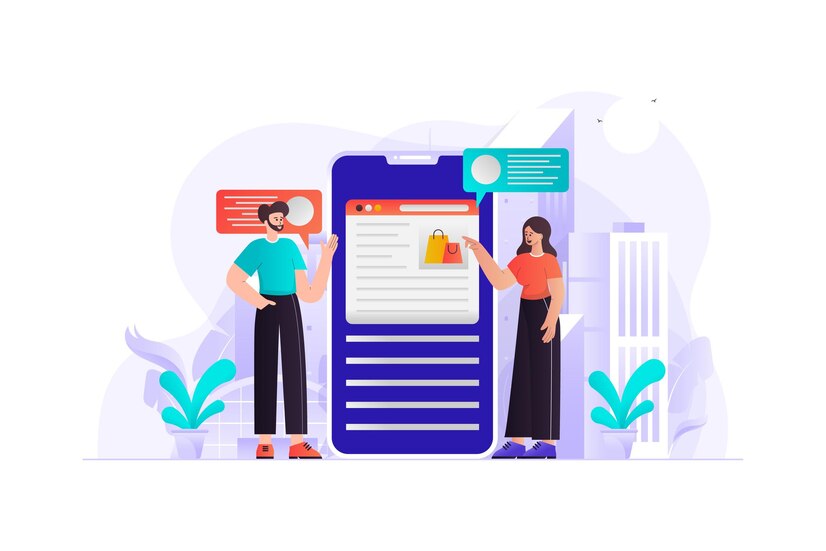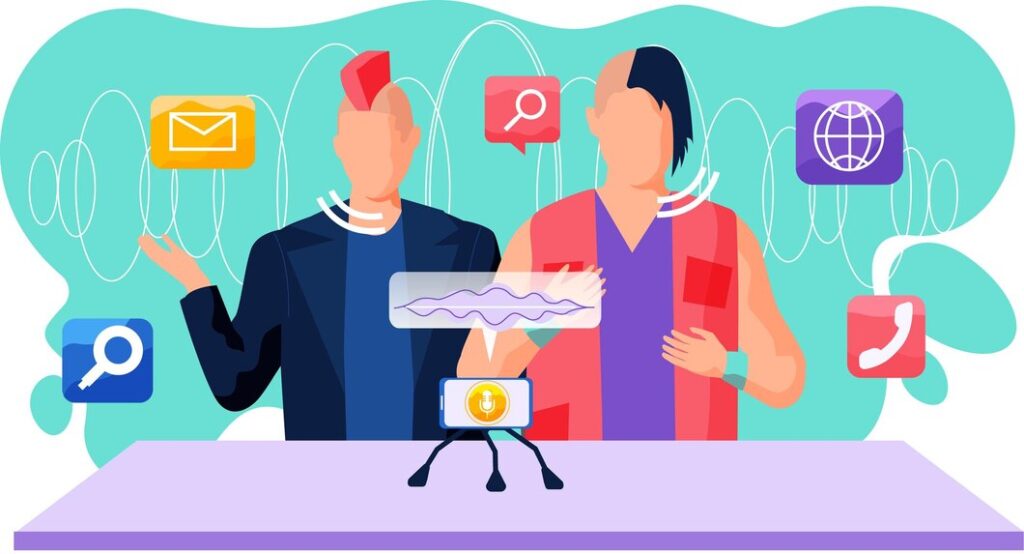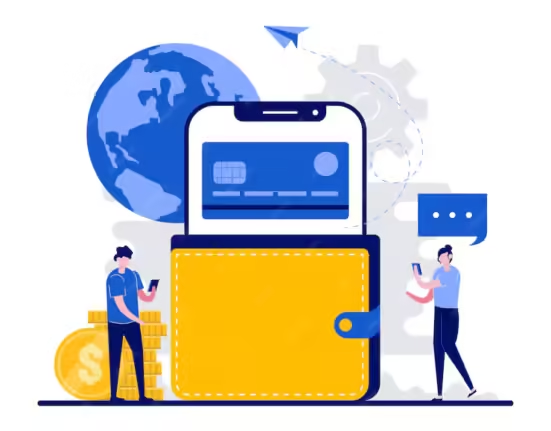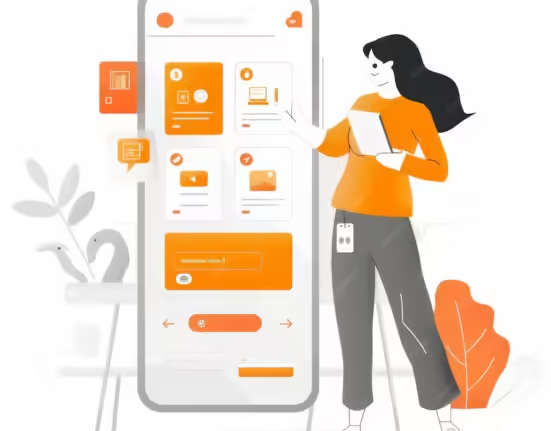In today’s competitive landscape, maintaining a strong connection with customers is crucial for business success. However, even the most engaging brands can face challenges with customer disengagement over time. A re-engagement series is a strategic approach to rekindle interest, renew relationships, and boost customer retention. This article delves into the essentials of creating an effective re-engagement series, from understanding its purpose to executing and optimizing the strategy.
Understanding the Purpose of a Re-Engagement Series
A re-engagement series aims to reestablish connections with customers who have become inactive or less engaged. The primary goals are:
- Rekindling Interest: To re-capture the attention of customers who have drifted away and remind them of the value your brand offers.
- Reinforcing Brand Loyalty: To re-strengthen the relationship with customers by demonstrating appreciation and addressing their needs.
- Boosting Retention: To reduce churn rates by re-engaging existing customers and encouraging them to return.
- Recovering Lost Revenue: To maximize the value of existing customer relationships by encouraging repeat purchases or interactions.
Identifying and Segmenting Inactive Customers
Before launching a re-engagement series, it’s essential to identify and segment inactive customers. Effective segmentation allows for personalized and targeted messaging that resonates with different customer groups.
Analyzing Customer Activity
Start by analyzing customer activity data to identify those who have become inactive. Key indicators of inactivity include:
- Lapsed Purchases: Customers who haven’t made a purchase in a specified period.
- Reduced Engagement: Customers who have stopped opening emails, visiting your website, or engaging with social media content.
- Dormant Accounts: Accounts that have not been logged into or interacted with for a long time.
Segmenting Inactive Customers
Once you’ve identified inactive customers, segment them based on various criteria such as:
- Duration of Inactivity: Different approaches may be needed for customers who have been inactive for a few months versus those who haven’t engaged in over a year.
- Purchase History: Segment based on past purchase behavior to tailor offers and messaging to their previous interests.
- Demographic Information: Use demographic data such as location, age, or preferences to personalize communication.
Crafting Your Re-Engagement Strategy
A successful re-engagement strategy involves creating compelling content and offers that resonate with your target segments. Here’s how to craft an effective strategy:
Personalizing Communication
Personalization is key to a successful re-engagement campaign. Tailor your messages to address the specific interests and needs of each segment. This can include:
- Personalized Emails: Use the customer’s name and reference their past interactions or purchases. Highlight how your current offerings are relevant to them.
- Targeted Offers: Provide special offers, discounts, or incentives based on their previous buying behavior.
Offering Value
Ensure that your re-engagement messages offer clear value to the customer. This can be achieved through:
- Exclusive Discounts: Provide time-limited discounts or promotions that encourage customers to return.
- Valuable Content: Share relevant content such as industry insights, how-to guides, or product updates that align with the customer’s interests.
Utilizing Multiple Channels
To effectively reach inactive customers, utilize multiple communication channels:
- Email Campaigns: Send a series of emails designed to re-engage customers. Start with a friendly reminder, followed by exclusive offers and valuable content.
- Social Media: Engage customers through social media platforms by sharing relevant content, running contests, or offering special promotions.
- Retargeting Ads: Use retargeting ads to remind customers of your brand and encourage them to return to your website.
Creating a Re-Engagement Series
Develop a re-engagement series that follows a structured approach to gradually re-capture customer interest. A typical re-engagement series might include:
- Initial Reminder: Send a friendly reminder about your brand or product, highlighting any new updates or offers.
- Exclusive Offer: Provide a special incentive or discount to entice customers to return and make a purchase.
- Valuable Content: Share engaging content that aligns with the customer’s interests and demonstrates the value of your brand.
- Final Push: Send a final re-engagement message, possibly with a more significant offer or a last chance to take advantage of the promotion.
Implementing and Monitoring the Re-Engagement Series
Once your re-engagement strategy is developed, it’s time to implement and monitor its effectiveness. Here’s how to ensure a successful execution:
Setting Up Automation
Automate your re-engagement series to ensure timely and consistent communication. Use marketing automation tools to schedule and send emails, track interactions, and manage customer data.
Tracking Metrics
Monitor key metrics to evaluate the success of your re-engagement series:
- Open Rates: Measure the percentage of customers who open your re-engagement emails.
- Click-Through Rates: Track how many customers click on links or offers within your emails.
- Conversion Rates: Assess the percentage of customers who complete a desired action, such as making a purchase or signing up for a service.
- Customer Feedback: Gather feedback from re-engaged customers to understand their experience and make improvements.
Analyzing Results
Analyze the data collected from your re-engagement series to assess its effectiveness. Identify trends and patterns, such as which offers or messages resonated most with your audience.
Making Adjustments
Based on your analysis, make necessary adjustments to your re-engagement strategy. This could involve refining your messaging, adjusting the timing of your communications, or testing new offers.
Best Practices for Re-Engagement
To maximize the success of your re-engagement series, consider the following best practices:
Be Respectful and Non-Intrusive
Respect your customers’ preferences and avoid overwhelming them with too many messages. Ensure that your re-engagement efforts are perceived as helpful rather than intrusive.
Focus on Customer Experience
Enhance the overall customer experience by providing clear and valuable content. Make it easy for customers to return to your website or make a purchase by optimizing user experience.
Continuously Test and Optimize
Regularly test different approaches, offers, and messaging to determine what works best. Use A/B testing to compare different strategies and optimize your re-engagement series for better results.
Conclusion
A well-executed re-engagement series can breathe new life into customer relationships, boost retention, and recover lost revenue. By understanding the purpose of re-engagement, identifying and segmenting inactive customers, crafting a personalized strategy, and continuously monitoring and optimizing your efforts, you can successfully reconnect with your audience and reignite their interest in your brand. Implementing these strategies effectively will not only enhance customer satisfaction but also drive long-term success for your business










Leave feedback about this